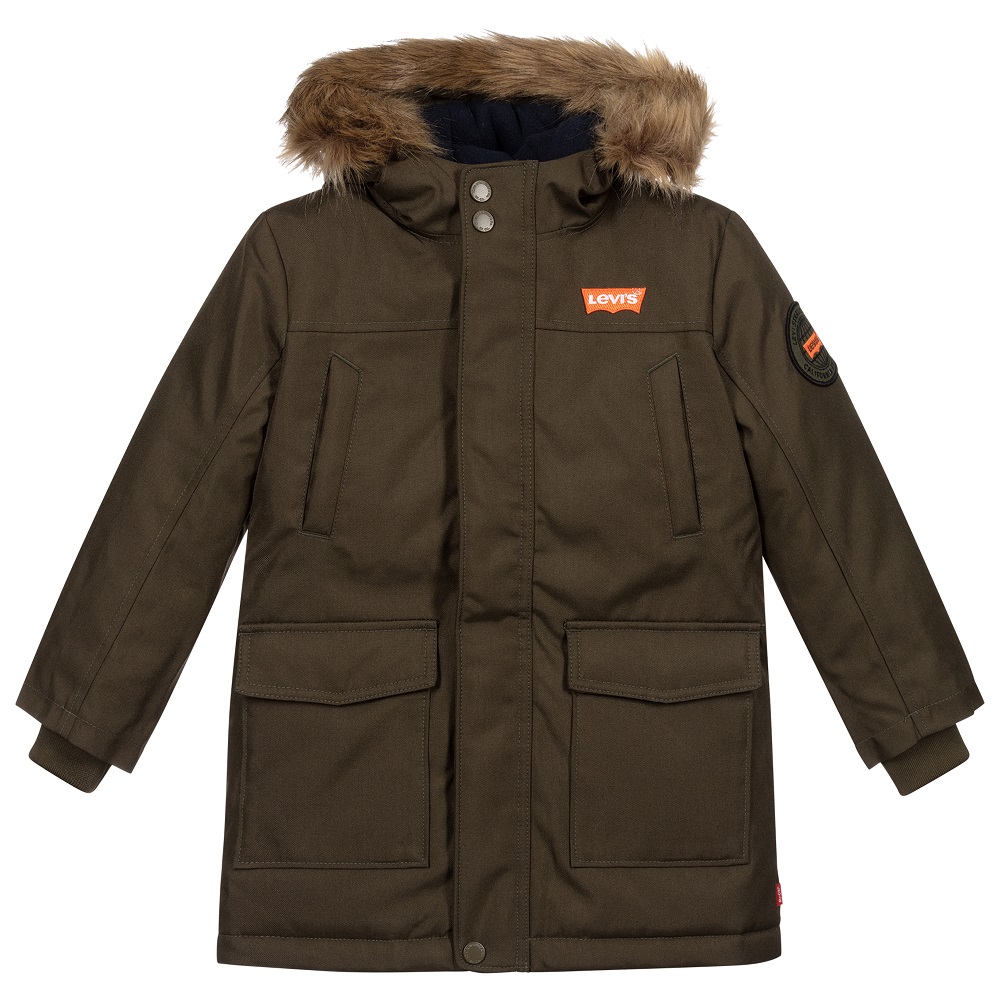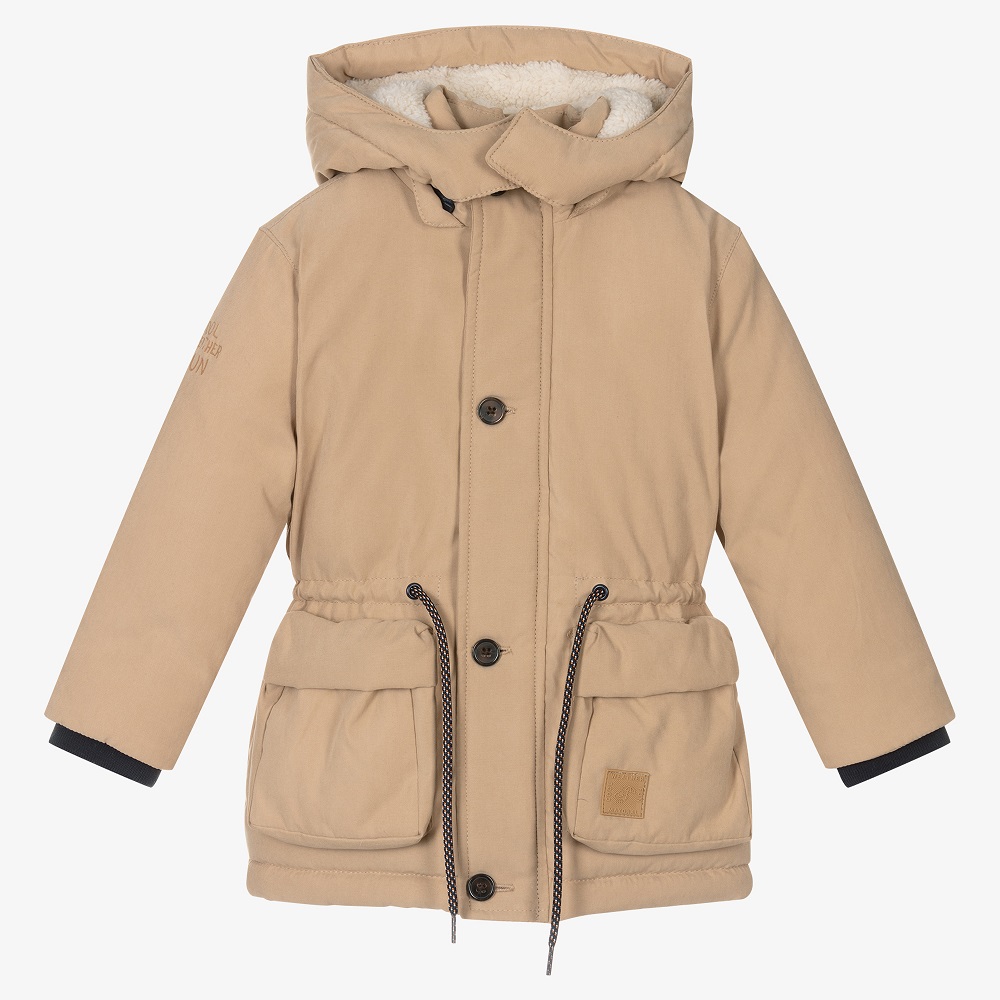Introduction
When it comes to keeping kids warm during the chilly months, boys parka coats are a fantastic choice. They offer warmth, style, and comfort. Many parents appreciate their durability and versatility. In this guide, we will explore various aspects of parka coats for boys. From their history to how to choose the right one, we’ll cover everything you need to know.
Understanding the Parka Coat
A Brief History of the Parka
The parka has a rich and interesting background. It originated from indigenous Arctic peoples. They developed this warm garment to survive in extremely cold climates. Originally, parkas were made from animal skins. They were designed to insulate heat and protect against wind and snow.
Over the decades, parkas have evolved. Today, they are made from synthetic materials that are lightweight yet warm. They often feature hoods, and many even come with fur lining for added warmth. Parkas are now popular worldwide, and not just in cold areas. Boys of all ages enjoy wearing them.

Why Boys Love Parka Coats
Boys love parka coats for many reasons. First, they are warm. When the temperature drops, these coats provide essential insulation. Kids can play outside without worrying about the cold. Secondly, they are stylish. Parka coats come in various colors and designs. Boys can express their style through their coats.
Another reason boys enjoy them is their versatility. Parkas can be worn for outdoor activities, school, and casual outings. They are suitable for many occasions, making them a practical choice. Parents appreciate that one coat can serve multiple purposes.
Choosing the Right Parka Coat
Size Matters
When selecting a boys parka coat, size is crucial. A coat should fit well to provide the best warmth. If it’s too tight, it may restrict movement. If it’s too loose, it won’t offer the necessary insulation. Before buying, measure your child’s chest, waist, and height. Use these measurements to find the correct size.
Many brands have size charts that can help. Always check these charts before making a decision. Remember, kids grow quickly, so some parents choose slightly larger sizes. Allowing room for growth can extend the lifespan of the coat. However, ensure the coat isn’t excessively baggy.
Material Considerations
The material of the parka coat is also important. Most parkas are made from synthetic fabrics like polyester or nylon. These materials are durable and water-resistant. Some coats may even offer additional features, such as breathability and wind resistance.
For colder climates, look for parkas with insulating materials like Thinsulate or down. These materials provide excellent warmth without the added bulk. However, down feathers require more care when washing. Make sure to check the care label for washing instructions.
Style and Design
Boys have unique tastes, so it’s essential to consider style. Many parkas come in different colors and patterns. Classic colors like navy, green, or black are versatile. Bright colors can add excitement and fun. Patterns, such as camouflage or plaid, are also popular.
Hoods are another design feature to consider. A removable hood can be useful in varying weather conditions. Some hoods come with fur lining, adding warmth and style. Pockets are another essential feature. Kids love having pockets for storing small items. Look for coats with ample pocket space.
Maintenance Tips for Parka Coats
Washing and Care
To keep a boys parka coat looking its best, proper care is essential. Most parkas are machine washable, but always read the care label. Some may need special washing instructions. For instance, avoid fabric softeners, as they can affect water resistance.
When washing, turn the coat inside out. This helps protect the outer fabric. Use a gentle cycle and cold water to prevent shrinking. After washing, hang the coat to air dry. Avoid using a dryer, as high heat can damage the materials.
Storing for the Off-Season
When warmer weather arrives, proper storage becomes vital. First, make sure the coat is clean and completely dry before storing. Dirt or moisture can lead to mold or mildew. Fold the coat neatly and place it in a breathable garment bag. Avoid plastic bags, as they can trap moisture.
Store the bag in a cool, dry place. It’s also wise to keep the coat away from direct sunlight. Sunlight can fade the colors and damage the fabric. When fall returns, check the coat before wearing. Repair any damage to ensure it lasts another season.
Popular Features of Boys Parka Coats
Insulation
One of the standout features of boys parka coats is insulation. Quality insulation keeps kids warm during frigid weather. Brands like The North Face and Columbia often use advanced materials for this purpose. Down feathers are excellent at retaining heat. They are light, so kids can move freely while staying warm.
Another type of insulation is synthetic fill. This can offer comparable warmth to down but has the advantage of being easier to clean. For all-around warmth and comfort, look for coats that blend materials. This can offer the best of both worlds.
Waterproofing
In addition to insulation, many parka coats also feature waterproofing. Rainy days should not keep kids indoors. Waterproof materials keep them dry while playing outside. Look for coats labeled “water-resistant” or “waterproof.”
These coats often have special coatings that repel water. Sealed seams and adjustable cuffs further enhance their protective qualities. When selecting a coat, consider the typical weather in your area. A waterproof parka can be a game-changer during wet and cold seasons.
Accessories That Complement Parka Coats
Hats and Gloves
When kids wear a parka coat, they often need additional accessories. A warm hat is crucial for keeping heat from escaping the head. Choose a hat that matches the coat for a coordinated look. Many boys prefer beanies or knit hats for added comfort.
Gloves are another essential item. Warm, waterproof gloves protect little fingers from the cold. Mittens can also be effective, especially for younger boys. Look for gloves with adjustable cuffs. This keeps snow and cold air from entering.
Scarves and Boots
A scarf adds extra warmth and can be a fun accessory. Boys can choose patterns or colors that reflect their personalities. A soft, thick scarf can tuck under the coat to keep the neck warm.
Waterproof boots are also essential when wearing a parka. Kids will likely be out playing in the snow or rain. Choose boots with insulation and good traction. This ensures they stay dry and safe while playing outdoors.
Popular Brands of Boys Parka Coats
The North Face
The North Face is a well-known brand in outdoor clothing. Their boys parka coats are highly regarded for their quality and style. They offer advanced insulation and waterproof features. Kids love the bright colors and trendy designs. The North Face coats are durable, making them ideal for active boys.
Columbia
Columbia is another popular brand. Their boys parkas are known for comfort and functionality. Many coats come with adjustable hoods and cuffs. This allows for a better fit and warmth. Columbia often uses high-quality materials that are both warm and lightweight. They also focus on affordability, offering great value.
Patagonia
Patagonia is famous for its commitment to sustainability. Their parkas for boys are made from recycled materials. They keep kids warm while caring for the environment. Patagonia coats are stylish and functional. Many have extra pockets and features that boys enjoy.
Conclusion
Boys parka coats are a crucial addition to any child’s winter wardrobe. They combine warmth, style, and practicality, making them popular among kids and parents alike. From understanding the history of the parka to knowing what features to look for, this guide covers every aspect.
When choosing the right parka coat, consider size, material, and design. Proper maintenance and care can extend a coat’s lifespan. Remember to complement the coat with essential accessories, and consider popular brands for quality options.
By knowing more about boys parka coats, you can make informed decisions. This ensures that your child stays warm, comfortable, and stylish during winter adventures.


